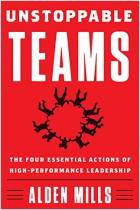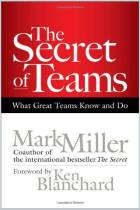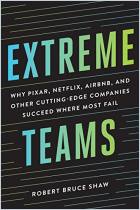
Book
Build Better Teams
Creating Winning Teams in the Digital Age
Mango Publishing,
2021
更多详情
Copyright © 2022 by George Karseras. Published by FIU Business Press, a division of Mango Publishing Group, Inc.
ISBN: 9781642506921
Pages: 288
ISBN: 9781642506921
Pages: 288
Recommendation
Probe any successful organization, and you’ll find that top-performing teams ultimately account for its accomplishments. Therefore, organizations must build strong teams. Consultant George Karseras draws from the example of two Amazonian treks along the length of the Amazon River in South America – one successful and one not – to help companies and their team leaders build enduring groups. In this insightful, witty and engaging book, Karseras advises companies on developing “highly functional, caring” teams.
Summary
About the Author
George Karseras, MSc, is a sports psychologist and the founder of Team-Up, a UK-based digital training and management consultancy firm.
Learners who read this summary also read
Book
Book
Book
Book
Book



















Comment on this summary or 开始讨论